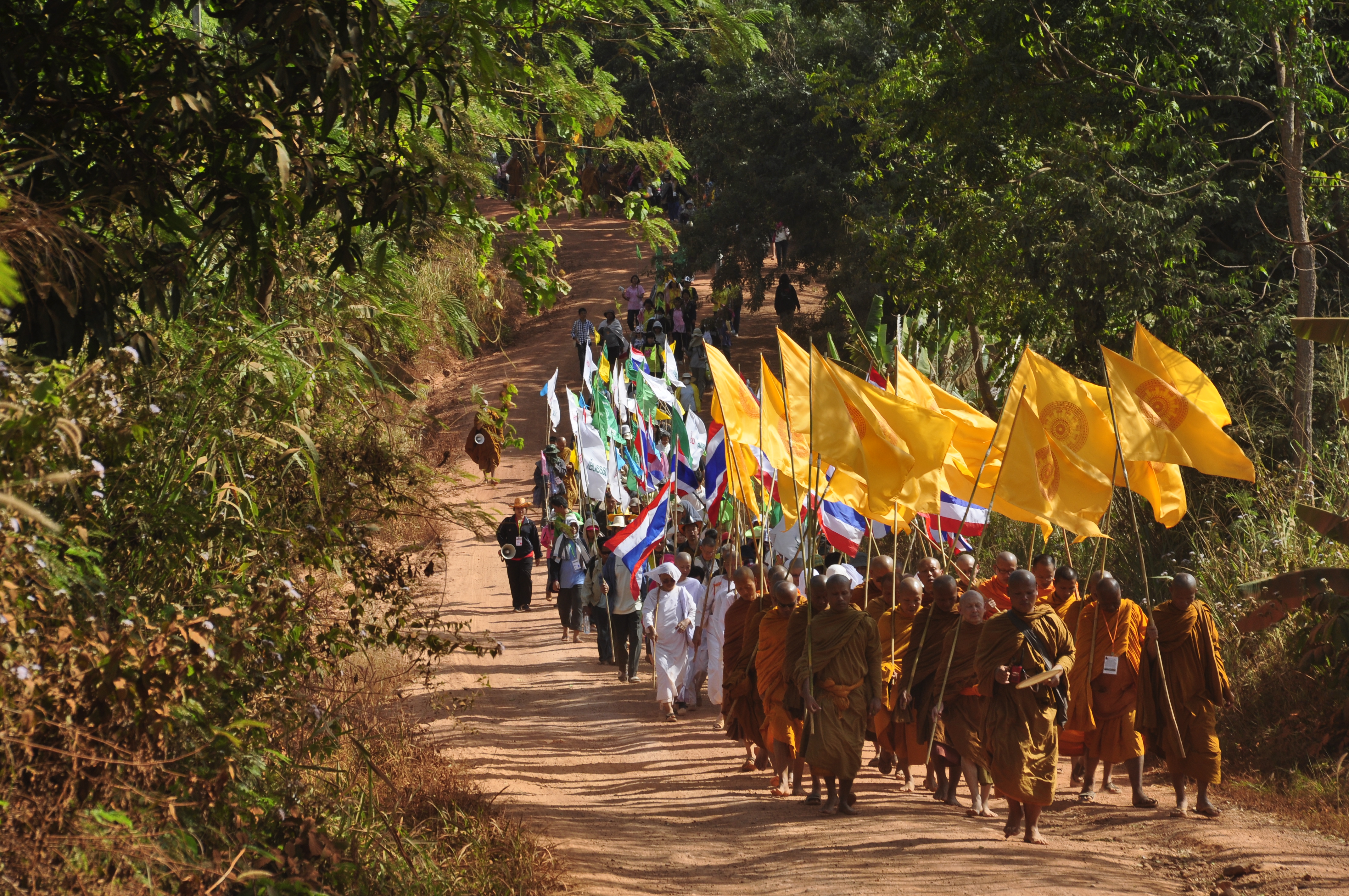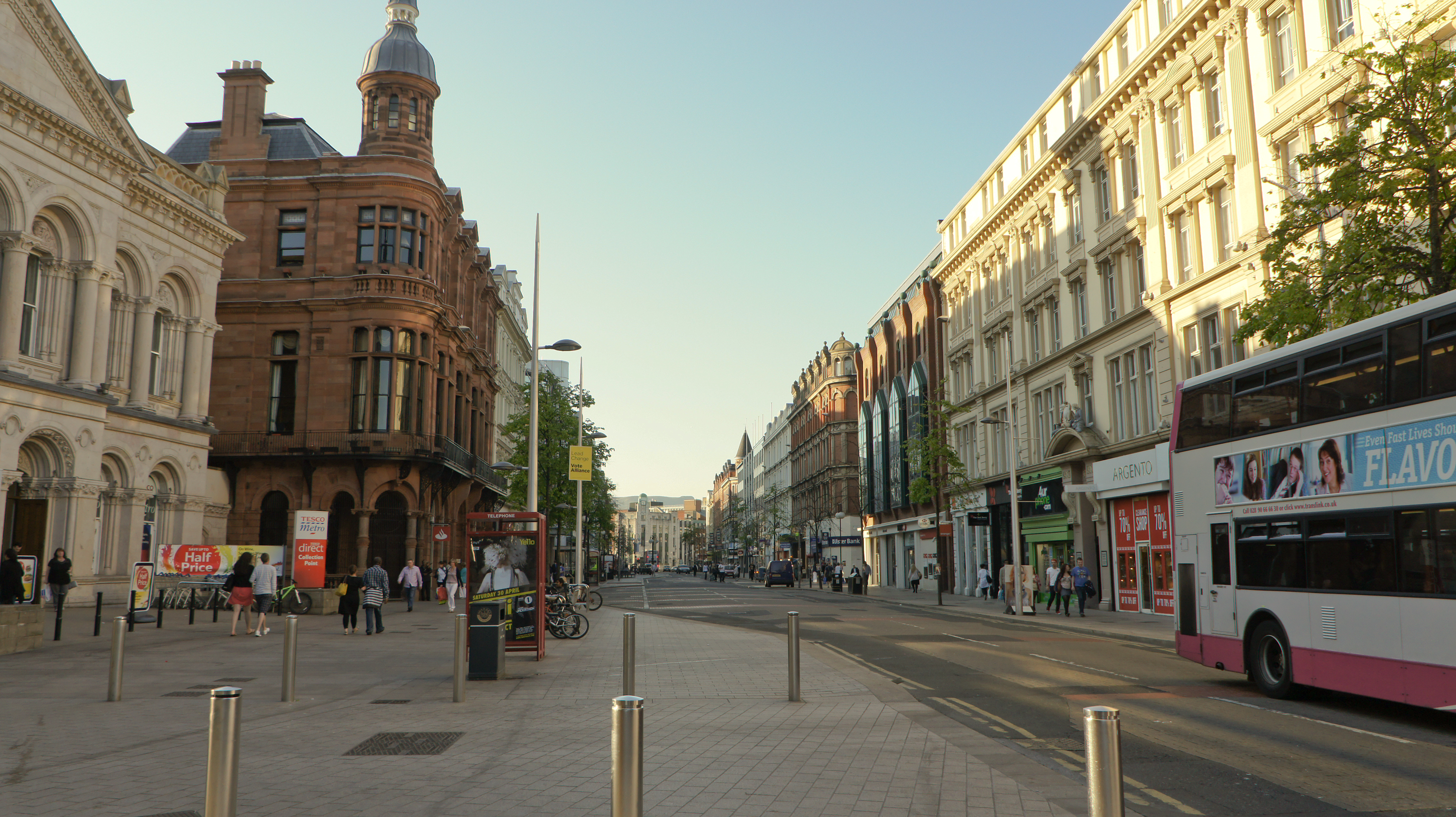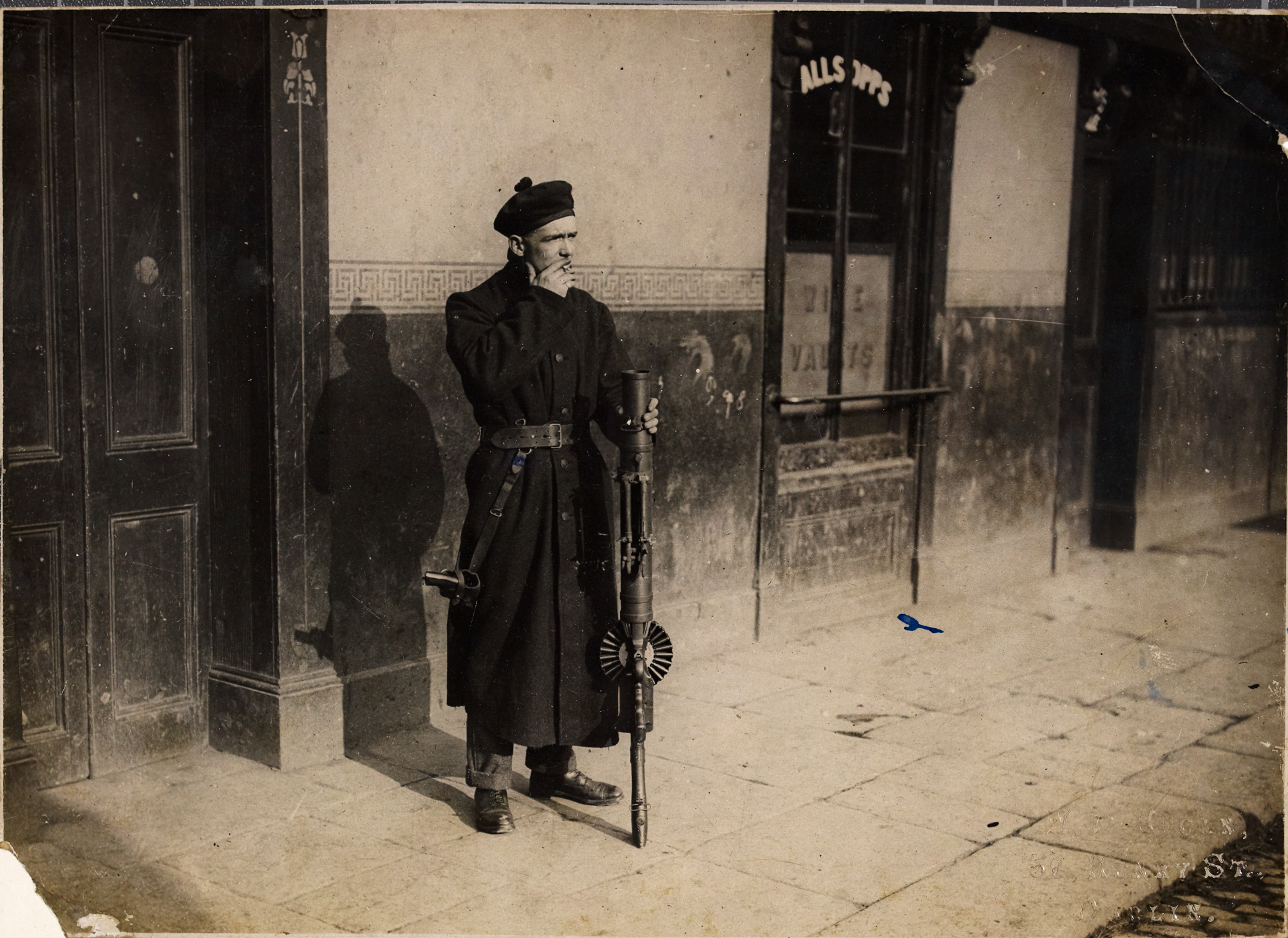|
Roger McCorley
Roger McCorley (6 September 1901 – 13 November 1993) was an Irish republican activist. Early life Roger Edmund McCorley was born into a Roman Catholic family at 67 Hillman Street in Belfast on 6 September 1901, one of three children born to Roger Edmund McCorley, a meat carver in a hotel, and Agnes Liggett; he had two elder brothers, Vincent and Felix. He joined the Fianna Éireann (an Irish nationalist youth organisation) in his teens. His family had a very strong republican tradition and he claimed to be the great-grandson of the United Irishmen folk hero Roddy McCorley, who was executed for his part in the 1798 rebellion. Joins the IRA McCorley was a member of the Belfast Brigade of the Irish Republican Army (IRA) during the Irish War of Independence, 1919–1922. He was commandant of the Brigade's first battalion, eventually becoming Commandant of the Belfast Brigade. During this time McCorley's brother Felix was Adjutant and Training Officer of the IRA's Antrim Briga ... [...More Info...] [...Related Items...] OR: [Wikipedia] [Google] [Baidu] |
Irish Republicanism
Irish republicanism () is the political movement for an Irish Republic, Irish republic, void of any British rule in Ireland, British rule. Throughout its centuries of existence, it has encompassed various tactics and identities, simultaneously elective and militant and has been both widely supported and iconoclastic. The Modern era, modern emergence of nationalism, democracy, and Classical radicalism, radicalism provided a basis for the movement, with groups forming across the island in hopes of independence. Parliamentary defeats provoked uprisings and armed campaigns, quashed by British forces. The Easter Rising, an attempted coup that took place in the midst of the First World War, provided popular support for the movement. An Irish republic was declared in 1916 and officialized following the Irish War of Independence. The Irish Civil War, beginning in 1922 and spurred by the Partition of Ireland, partition of the island, then occurred. Republican action, including armed cam ... [...More Info...] [...Related Items...] OR: [Wikipedia] [Google] [Baidu] |
Sectarian
Sectarianism is a debated concept. Some scholars and journalists define it as pre-existing fixed communal categories in society, and use it to explain political, cultural, or religious conflicts between groups. Others conceive of sectarianism as a set of social practices where daily life is organized on the basis of communal norms and rules that individuals strategically use and transcend. This definition highlights the co-constitutive aspect of sectarianism and people's agency, as opposed to understanding sectarianism as being fixed and incompatible communal boundaries. While sectarianism is often labelled as religious or political, the reality of a sectarian situation is usually much more complex. In its most basic form, sectarianism has been defined as, 'the existence, within a locality, of two or more divided and actively competing communal identities, resulting in a strong sense of dualism which unremittingly transcends commonality, and is both culturally and physically man ... [...More Info...] [...Related Items...] OR: [Wikipedia] [Google] [Baidu] |
William J
William is a masculine given name of Germanic origin. It became popular in England after the Norman conquest in 1066,All Things William"Meaning & Origin of the Name"/ref> and remained so throughout the Middle Ages and into the modern era. It is sometimes abbreviated "Wm." Shortened familiar versions in English include Will or Wil, Wills, Willy, Willie, Bill, Billie, and Billy. A common Irish form is Liam. Scottish diminutives include Wull, Willie or Wullie (as in Oor Wullie). Female forms include Willa, Willemina, Wilma and Wilhelmina. Etymology William is related to the German given name ''Wilhelm''. Both ultimately descend from Proto-Germanic ''*Wiljahelmaz'', with a direct cognate also in the Old Norse name ''Vilhjalmr'' and a West Germanic borrowing into Medieval Latin ''Willelmus''. The Proto-Germanic name is a compound of *''wiljô'' "will, wish, desire" and *''helmaz'' "helm, helmet".Hanks, Hardcastle and Hodges, ''Oxford Dictionary of First Names'', Oxf ... [...More Info...] [...Related Items...] OR: [Wikipedia] [Google] [Baidu] |
Eoin O'Duffy
Eoin O'Duffy (born Owen Duffy; 28 January 1890 – 30 November 1944) was an Irish revolutionary, soldier, police commissioner, politician and fascist. O'Duffy was the leader of the Monaghan Brigade of the Irish Republican Army (IRA) and a prominent figure in the Ulster IRA during the Irish War of Independence. In this capacity, he became Chief of Staff of the IRA in 1922. He accepted the Anglo-Irish Treaty and as a general became Chief of Staff of the National Army in the Irish Civil War, on the pro-Treaty side. He had been an early member of Sinn Féin and was elected a Teachta Dála (TD) for Monaghan in the Second Dáil in 1921, supporting pro-Treaty Sinn Féin in the split of 1922. In 1923 he became associated with Cumann na nGaedheal. He was appointed as the second Commissioner of the Garda Síochána in 1922, the police force of the new Irish Free State, serving until 1933. In 1924, during the Irish Army Mutiny, he was appointed as General Officer Commanding of the Iri ... [...More Info...] [...Related Items...] OR: [Wikipedia] [Google] [Baidu] |
Communal Violence
Communal violence is a form of violence that is perpetrated across ethnic or communal lines, where the violent parties feel solidarity for their respective groups and victims are chosen based upon group membership. The term includes conflicts, riots and other forms of violence between communities of different religious faith or ethnic origins. United Nations Office on Drugs and Crime includes any conflict and form of violence between communities of different religious groups, different sects or tribes of same religious group, clans, ethnic origins or national origin as communal violence.Homicide, Violence and Conflict UNODC, United Nations However, this excludes conflict between two individuals or two families. Communal violence is found in Africa, the Americas, Asia, Europe and Oceania. The term "communal vio ... [...More Info...] [...Related Items...] OR: [Wikipedia] [Google] [Baidu] |
Anglo-Irish Treaty
The 1921 Anglo-Irish Treaty (), commonly known in Ireland as The Treaty and officially the Articles of Agreement for a Treaty Between Great Britain and Ireland, was an agreement between the government of the United Kingdom of Great Britain and Ireland and the government of the Irish Republic that concluded the Irish War of Independence. It provided for the establishment of the Irish Free State within a year as a self-governing dominion within the "community of nations known as the British Empire", a status "the same as that of the Dominion of Canada". It also provided Northern Ireland, which had been created by the Government of Ireland Act 1920, an option to opt out of the Irish Free State (Article 12), which was exercised by the Parliament of Northern Ireland. The agreement was signed in London on 6 December 1921, by representatives of the British government (which included Prime Minister David Lloyd George, who was head of the British delegates, and Winston Churchill, w ... [...More Info...] [...Related Items...] OR: [Wikipedia] [Google] [Baidu] |
The Troubles In Ulster (1920–1922)
The Troubles in Ulster of the 1920s was a period of conflict in the Irish province of Ulster, from June 1920 until June 1922, during and after the Irish War of Independence and the partition of Ireland (and specifically of Ulster). In Ulster, it was mainly a communal conflict between Unionism in Ireland, unionists, who wanted to remain part of the United Kingdom, and Irish nationalism, nationalists, who backed Irish independence: the unionists were mainly Ulster Protestants and the nationalists were mainly Irish Catholics. During this period, more than 500 people were killed in Belfast alone, 500 interned and 23,000 people were made homeless in the city, while approximately 50,000 people fled the province due to intimidation. Most of the victims were Nationalists (73%) with civilians being far more likely to be killed compared to the military, police or paramilitaries. During the Irish War of Independence, the Irish Republican Army (1919–1922), Irish Republican Army (IRA) att ... [...More Info...] [...Related Items...] OR: [Wikipedia] [Google] [Baidu] |
Bloody Sunday (1921)
Bloody Sunday or Belfast's Bloody Sunday was a day of violence in Belfast, Northern Ireland on 10 July 1921, during the Irish War of Independence. The violence erupted one day before a truce began, which ended the war in most of Ireland. With the truce nearing, police launched a raid against republicans, but were ambushed by the Irish Republican Army (IRA) and an officer was killed. In retaliation, Protestant loyalists attacked Catholic enclaves in west Belfast, burning homes and businesses. This sparked rioting and gun battles between Protestants and Catholics, including paramilitaries. There were also gun battles between republicans/nationalists and the police, and some police patrols fired indiscriminately at Catholic civilians. Seventeen people were killed or fatally wounded on 10 July, and a further three were killed or fatally wounded before the truce began at noon on 11 July. At least 100 people were wounded. About 200 houses were destroyed or badly damaged, most of th ... [...More Info...] [...Related Items...] OR: [Wikipedia] [Google] [Baidu] |
County Cavan
County Cavan ( ; ) is a Counties of Ireland, county in Republic of Ireland, Ireland. It is in the Provinces of Ireland, province of Ulster and is part of the Northern and Western Region. It is named after the town of Cavan and is based on the historic Gaelic Ireland, Gaelic territory of East Breifne, East Breffny (''Bréifne''). Cavan County Council is the Local government in the Republic of Ireland, local authority for the county, which had a population of 81,704 at the 2022 census. Geography Cavan borders six counties: County Leitrim, Leitrim to the west, County Fermanagh, Fermanagh to the north, County Monaghan, Monaghan to the north-east, County Meath, Meath to the south-east, County Longford, Longford to the south-west and County Westmeath, Westmeath to the south. Cavan shares a border with County Fermanagh in Northern Ireland. Cavan is the 19th largest of the 32 counties in area and the 25th largest by population. The county is part of the Northern and Western Region, a ... [...More Info...] [...Related Items...] OR: [Wikipedia] [Google] [Baidu] |
Ulster Reform Club
The Ulster Reform Club is a business, social and dining club in Northern Ireland. The club's clubhouse, which opened on New Year's Day 1885, occupies a conspicuous position on Royal Avenue in the centre of Belfast. In its décor, furnishings and , the clubhouse retains historical associations. Facilities *Members' bar *Dining room *Private dining rooms *Business room *Snooker room *Fitness suite *Reading room Honorary Members * Marquess of Hartington 1885 *Joseph Chamberlain 1887 * Sir Henry James, Q.C. 1891 * The 1st Marquess of Dufferin and Ava 1896 * James Johnston 1904 *Sir Edward Carson, K.C. 1921 * The 1st Viscount Craigavon 1928 * The 7th Marquess of Londonderry 1930 * Lt. Col. F.H. Crawford, C.B.E., J.P. 1941 * J. M. Andrews, D.L. 1943 * The 3rd Duke of Abercorn 1946 * Sir Basil Brooke, 5th Bt., C.B.E. The Most Excellent Order of the British Empire is a British order of chivalry, rewarding valuable service in a wide range of useful activities. It comprises f ... [...More Info...] [...Related Items...] OR: [Wikipedia] [Google] [Baidu] |
Timeline Of The Irish War Of Independence
A timeline is a list of events displayed in chronological order. It is typically a graphic design showing a long bar labelled with dates paralleling it, and usually contemporaneous events. Timelines can use any suitable scale representing time, suiting the subject and data; many use a linear scale, in which a unit of distance is equal to a set amount of time. This timescale is dependent on the events in the timeline. A timeline of evolution can be over millions of years, whereas a timeline for the day of the September 11 attacks can take place over minutes, and that of an explosion over milliseconds. While many timelines use a linear timescale—especially where very large or small timespans are relevant -- logarithmic timelines entail a logarithmic scale of time; some "hurry up and wait" chronologies are depicted with zoom lens metaphors. More usually, "timeline" refers merely to a data set which could be displayed as described above. For example, this meaning is use ... [...More Info...] [...Related Items...] OR: [Wikipedia] [Google] [Baidu] |
Black And Tans
The Black and Tans () were constables recruited into the Royal Irish Constabulary (RIC) as reinforcements during the Irish War of Independence. Recruitment began in Great Britain in January 1920, and about 10,000 men enlisted during the conflict. The majority were unemployed former British Army, British soldiers from England, Scotland and Wales who had fought in the First World War. Some sources count Irish recruits to the RIC from 1920 as "Black and Tans". The Black and Tans had a reputation for brutality; they committed murder, arson and looting and became notorious for reprisal attacks on civilians and civilian property. Their actions further swayed Irish public opinion against British rule and drew condemnation in Britain. The Black and Tans were sometimes confused with the Auxiliary Division, a counterinsurgency unit of the RIC, also recruited during the conflict and made up of former British officers. At the time, "Black and Tans" was sometimes used for both groups. Anothe ... [...More Info...] [...Related Items...] OR: [Wikipedia] [Google] [Baidu] |







